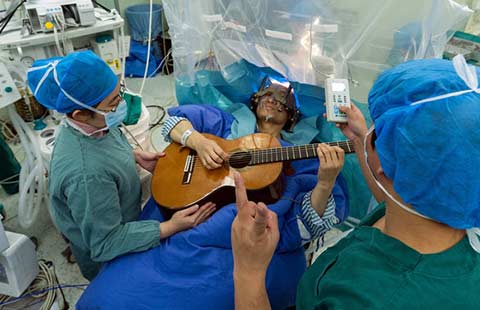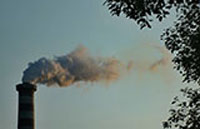HKMA defends peg as HK dollar rebounds
(chinadaily.com.cn) Updated: 2016-01-27 17:05The Hong Kong Monetary Authority (HKMA) has defended the "dollar peg", saying that the easing of the Hong Kong dollar against the US greenback, along with recent capital outflows, reflects normal workings in accordance with the design of the Linked Exchange Rate System (LERS).
The Hong Kong dollar exchange rate is influenced by the Currency Board system mechanism as well as other market-related factors, Howard Lee, executive director for monetary management at HKMA, wrote in an article released to the media on Wednesday.
That came as the local dollar posted its biggest fall in 12 years last week, buffeted by volatility, capital outflows and spiraling offshore yuan interest rates.
However, it strengthened on Wednesday as gains in Asian stocks and speculation the US Federal Reserve will raise borrowing costs at a slower-than-expected pace buoyed sentiment.
The currency advanced 0.11 percent to HK$7.7863 against its US counterpart as of 2:40 pm after rising as high as HK$7.7831 earlier, shows data compiled by Bloomberg. It has gained 0.6 percent since falling to its lowest in more than eight years on Jan 20. The Hong Kong dollar can trade in a range of HK$7.75 to HK$7.85.
According to Lee, after the rise of US interest rates, the spread between the Hong Kong dollar and US dollar interest rates has widened. So it is expected that there will be gradual outflow of funds from the Hong Kong dollar to the US currency and that the Hong Kong dollar exchange rate will start easing from the level of 7.75.
Apart from interest rate spread, the recent decline in Hong Kong equity prices, the volatility of the renminbi exchange rate and the less optimistic market outlook for the Hong Kong and Chinese mainland economies have also dampened demand for the Hong Kong dollar, he added.
Moreover, the recent strengthening of the US dollar against other Asian currencies has led some international investors to carry out more currency hedging for their Hong Kong equity portfolios. Such activities further added to the downward pressure on the Hong Kong dollar exchange rate.
"Of course, we cannot rule out the possibility that there might be some speculative interest in the Hong Kong dollar. While the recent movement of the Hong Kong dollar exchange rate was relatively fast, its fluctuations remained well within the narrow band under the Currency Board system. It remains very stable when compared with other Asian currencies," Lee wrote.
In the article, Lee also said that under the Currency Board arrangements of the LERS, the strong-side and weak-side Convertibility Undertakings are only applicable to the Hong Kong dollar spot exchange rate.
The Hong Kong dollar forward exchange rate mainly reflects the demand and supply of the currency in the forward market. The weakening of the Hong Kong dollar forward rate to below 7.85 does not mean that the market is speculating on an imminent "depegging" of the Hong Kong dollar from the US dollar, Lee asserted.
According to Lee, more investors hedged the currency exposures for their Hong Kong equity portfolios, leading to an increase in supply of Hong Kong dollars in the forward market and putting downward pressures on the Hong Kong dollar forward rate. As liquidity in the forward market is lower, the price is more volatile. Similarly, the increase in turnover in the Hong Kong dollar foreign exchange options is also caused by the increase in hedging activities.
The LERS has been in place for over three decades, during which the volatility of the Hong Kong dollar forward exchange rate has always been greater than that of the spot exchange rate. While the forward rate traded beyond the prevailing Convertibility Undertaking rate from time to time, it had not affected the stability of the spot rate. "We should not read too much into the fluctuations in the Hong Kong dollar forward exchange rate," Lee said in the article.
- China offers first train for motorcycles during festival rush
- New rule to allow 6 days without visa in Yangtze River Delta region
- Beijing to boost anti-terror work with Kabul
- Families of expats can stay longer
- Big data reveals Spring Festival travel rush patterns
- Thousands of prisoners released in amnesty deal
- Battle to send out virtual red envelopes warms up
- China grants early release to 31,527 prisoners
- For some foreigners, 'green cards' are a disappointment
- Foreigners find tickets to ride on nation's railways are hard to buy






